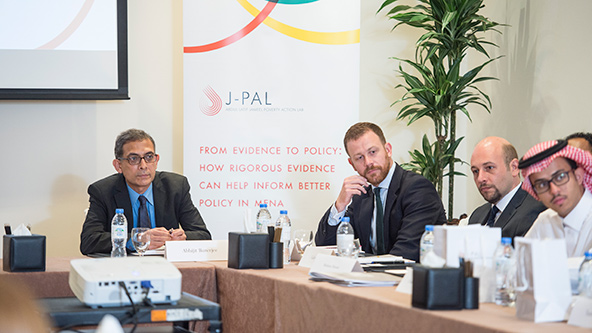Beyond Randomized Controlled Trials
27 February 2020 | Source: Stanford Social Innovation Review:
How the Abdul Latif Jameel Poverty Action Lab (J-PAL) and the Evidence to Policy (E2P) community are integrating innovation and evidence into social policy and practice at scale.
Last year’s Nobel Prize in Economics, awarded to Abhijit Banerjee, Esther Duflo, and Michael Kremer for “their experimental approach to alleviating global poverty,” is a testament to the innovations they spurred in development economics over the past two decades. But the laureates have repeatedly emphasized that the use of randomized controlled trials (RCTs) in development economics was part of a broader movement of integrating innovation and evidence into social policy and practice. Equally important to the research was seeding an evidence-to-policy (E2P) community, in parallel, that helped and will help the laureates’ research, as the awarding committee put it, “dramatically improve our ability to fight poverty in practice.”
J-PAL, which Abhijit and Esther co-founded in 2003, and of which Michael is a long-time affiliate, now includes almost 500 researchers and more than 400 staff in many countries and is one of the key nodes in a network of E2P organizations and individuals working to advance the use of data and evidence to better understand underlying policy challenges, and to design, pilot, evaluate, and scale innovative solutions for these problems. J-PAL, along with partner organizations such as Innovations for Poverty Action (IPA), have built the infrastructure to fund and implement RCTs, to conduct policy outreach based on insights from this research, and to build the capacity of stakeholders to apply this evidence to policymaking. By leveraging a research infrastructure that includes more than 30 J-PAL and IPA offices around the world, a large and growing network of affiliated researchers have partnered with social innovators in NGOs and governments to rigorously evaluate the impact of promising anti-poverty programs through almost 1,000 RCTs in more than 50 countries and in almost all sectors of development, including agriculture, climate, education, firms, gender, governance, and labor.

Read the full article in its original location here.





 1x
1x

 Added to press kit
Added to press kit


